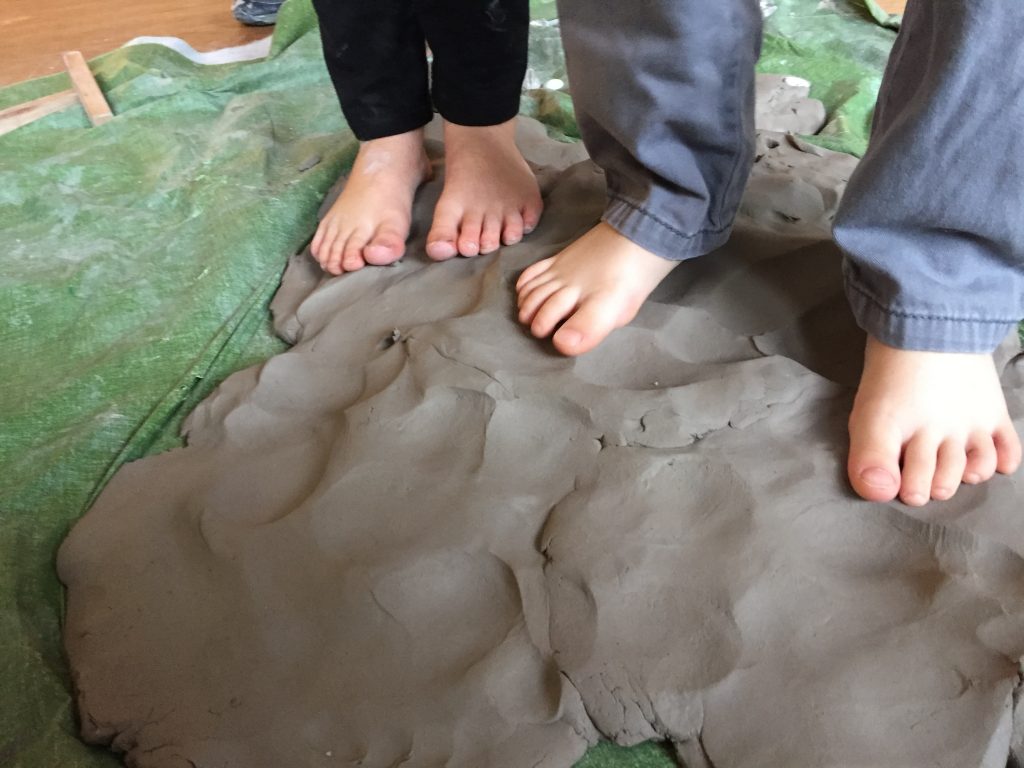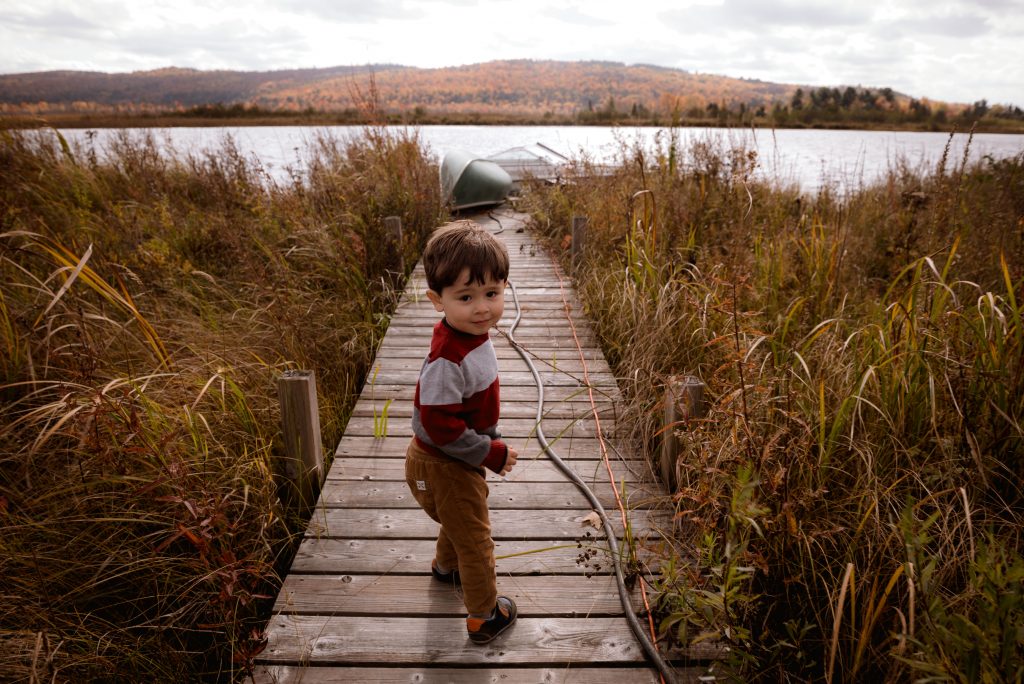In my first post for EDCI: Interactive and Multimedia Learning, I revealed that I felt as though I had only just begun to understand its operations, expectations, and components (Welcome Post, 2019). Now, as the course comes to a close, I realize such a statement is representative of a tendency to focus on product rather than process in learning. As an educator I often consider how I can guide children in their learning but forget to examine my own. Simply meeting expectations or grasping the components and operations of the course would have significantly limited my learning. I believe, like in my own practice and the practice highlighted in the literature I presented, Interactive and Multimedia Learning hoped to generate deep learning by provoking students to think critically, test theories, fail, overcome difficulties, seek assistance, collaborate, make connections, reflect, and revisit, relaunch, or reconsider.
Think Critically. Test Theories.
I feel very lucky to have been part of a self driven and directed learning experience. As is the case with many of my classmates, I am often drawn out of my comfort zone by sparce guidlines. However, when we provide learners too much structure and direction there is very little room for creativity and curiousity driven theorizing and research. From the outset of the course, I struggled to align my aspirations with reality: I felt, in just a few months, I could discover what several countries outside of Canada were doing with digital technology in Early Childhood Educaton. Feeling autonomous, I continued to reel in my thinking and critically examine my revelations as I ventured further in an inquiry all too encompassing. Each post I published allowed me to test theories, thoughts, and ideas, and in turn, generated new thoughts, theories, and ideas. Each post and scholar I encountered further established my critical eye and my understanding of interactive and multimedia learning. In addition, soon after I completed my research paper, I began to read my classmates papers and reflective posts and found myself wanting to rerrange my own. Such uncertainty and continuity is emblematic of inquisitiveness that is imperative for deep and meaningful learning.
Fail. Overcome Difficulties. Seek Assistance.
To draw inspiration and insight, I spent some time last week reading several of my classmates final reflective posts for the course. A few paragraphs into the first post, I discovered I missed a core-component of the course: to establish and become part of a learning pod. My immediate reaction came in the form of panic, then disappointment, guilt, foolishness, and finally acceptance. Once I accepted that I had glossed over the course outline, failed to delve deeper into a reference to “learning pods” made about halfway into the course, and missed out on the comfort, deeper level of collaboration, and inspiration generated by my classmates learning pods, I could focus on the potential for learning contained in such a mistake. After all, I had titled my Blog “The Practice of Learning” and developed my inquiry topic around the importance of a growth mindset for the development of digital literacy.
In my post MakEY Makes Deep Connections: Final Thoughts Before My Final Inquiry, I wrote that mistakes and miscalculations are considered an important part of “maker” culture as with them comes opportunity to think criticaly, value persistence, overcome difficulties, and generate collaboration amongst learners (Galloway, 2015; Martin, 2015). In the same post I presented a statement made by Henry Jenkins, which suggested that learning through our own mistakes, and thinking critically at our own behaviour, is one of the most vital processes in leaning (Jenkins, 2009). Still, theory doesn’t always translate to practice effortlessly, as recognizing the value in my mistake appears to be a learning process in itself.
I have been able to recognize, however, the way in which my oversight epitmizes the non-linear teaching-learning fostered by the course. Throughout Interactive and Multimedia Learning, I felt comforting by the lack of finality in the posts I published, the inquiry topic I developed, and the reflections and assignments I worked through. I could write something, read another classmates post, change course, seek advise, and revisit the same topic from a new and different angle. Being able to update, publish, re-publish, change course, edit, re-edit reevulate, and reconsider provided the space necessary to form deep connections the topics at hand and create the illusion of more time.
For the majority of my post-secondary learning, time has been the driving force behind the quality of my work, what I choose to learn about, my level of comprehension, and the competencies I acquire. Yet, as an Early Childhood Educator, I put a lot of effort into creating a learning environment that makes children feel as though there is no end in sight for their inquiry, as if time is passing in a leisurely manner. Dr. Valerie Irvine, our professor for Interactive and Multimedia Learning, emphasized the importance of time in education, by making herself available seven days a week, and informing us, early on, that the course could be extended well into the following semester. Though I might not use it, I felt as though I could take all the time I needed for my inquiry.
Collaborate. Make Connections.
The organization I work for follows the Reggio Emilia philosophy of education, and each of its educators plan, teach, and learn with a shared overarching intention in mind: “Creating A Culture of Collaboration”. There is a remarkable commitment to collaboration demonstrated at every level of the Reggio Emilia approach that includes families, educators, and community. Malaguzzi often maintained:
“even the loveliest school is diminished in educational value if it does not hold participation and relations with families as one of […it’s] main values”- from Vecchi, 2010, p.71
In Reggio, education is a communal activity (Edwards et al, 2011). In fact, it is one of the primary roles of the Reggio teacher to help develop a community of learners who will share the responsibility of educating children (Fraser, 2012, p.61).
Though I may not have been a part of a learning pod during Interactive and Multimedia Learning I still felt part of a unique collaborative learning experience. The course’s digital platform not only enabled the continuity I described above, but also presented an entirely new way of collaborating with peers. The class’s individual Word Press blogs allowed me to discover similar inquires, additional resources, consider different angles, and discover new-to-me contemporary trends in teaching-learning. While Bluejeans video conferencing created an avenue for face-to-face conversations. Their video rooms enabled a meeting with Allison Galloway, the author of one of the sources I used in my inquiry, which would not have taken place otherwise. In addition, we shared inquiry outlines and final research papers via Google Docs, which connected me to classmates with similar topics, sources, and different writing styles.
Finally, amidst Interactive and Multimedia Learning my work with children had me thinking about a very different type of material. In Novemeber I attended a Learning Circle that focused on utilizing clay to its fullest potential in all of our programs. Our Reggio mentor described the way Reggio Emilia, as well as some of our programs, have presented clay in their teaching-learning. Learners began to “live” with the clay: they physicially experienced it with their whole bodies, they thought with and about it, they collaborated with and through it, and eventually they created with it. Because I had been posting every week I couldn’t help but draw connections between my practice of learning with clay and my practice of learning with digital technology.
Revisit. Relaunch. Reconsider.
An important part of my practice is the ability to look back and reconsider wonderings, intent, hypotheses and recognize whether they need to be altered, extended upon, or moved on from. Consequently, once I push “publish” on these words I know I will back to read them and rethink them. In addition, though it might be too late for EDCI: Interactive and Multimedia Learning, I will go ahead and join a learning pod that will hopefully inspire me to continue “The Practice of Learning“.
Bye for now. Thank you very much for reading,
EJ
References
BlueJeans. (2019). Retrieved from https://www.bluejeans.com
Galloway, A. (2015). Bringing a reggio emilia inspired approach into higher grades- Links to 21st century learning skills and the maker movement. MEd Projects (Curriculum and Instruction): University of Victoria, BC.
GoogleDocs. (2005). Retrieved from https://www.google.com/docs/about/
Martin, L. (2015). The promise of the maker movement for education. Journal of Pre-College Engineering Education Research
OpenETC: Free range Edtech. (n.d.). Retrieved from https://opened.ca
Pfbconvergencia. (Oct 12, 2009) Proyecto Facebook [Video File]. Retrieved from https://youtu.be/MmEFefoe-9U.
WordPress. (2003). Retrieved from https://wordpress.com





Hey Emma,
Ruth, Ildiko, Sherri-Lynn and I plan to keep meeting as a pod. Would you like to join us ?